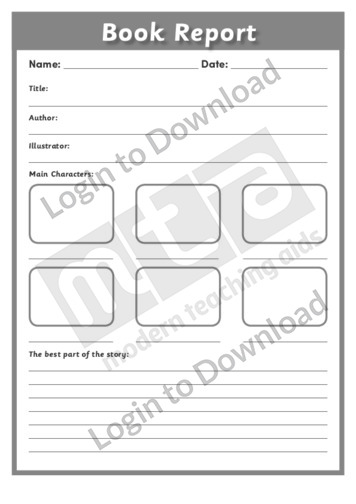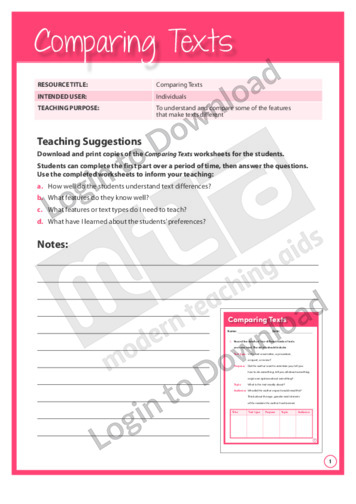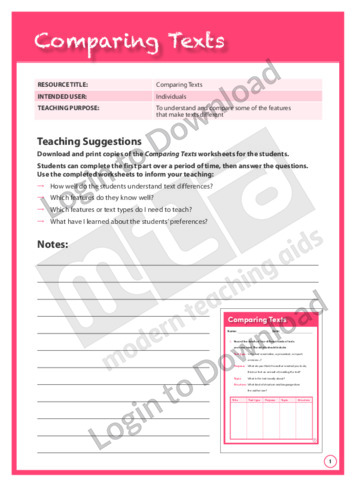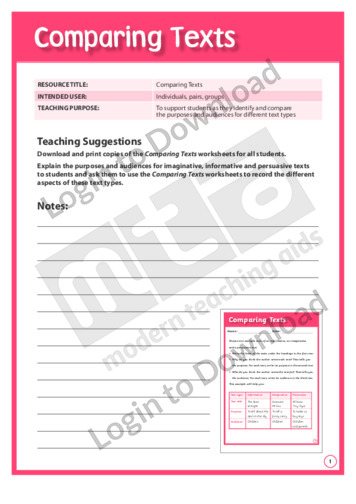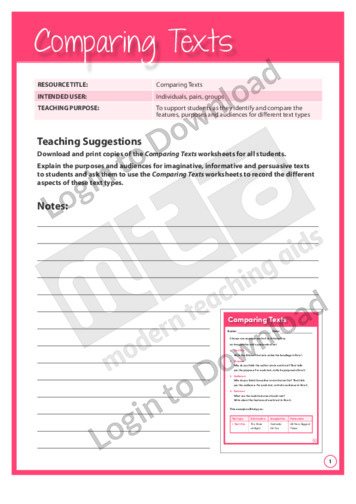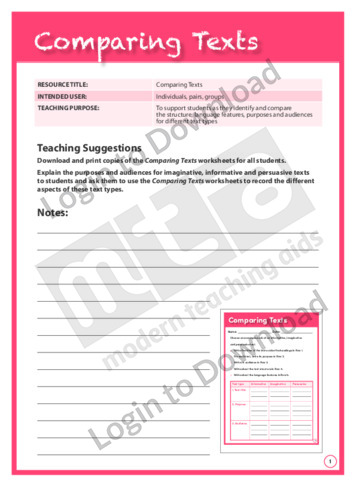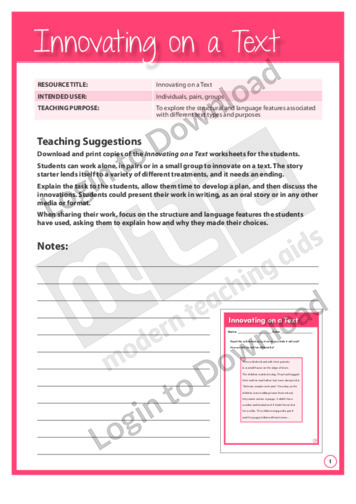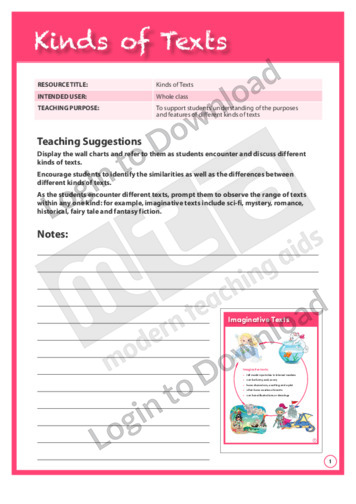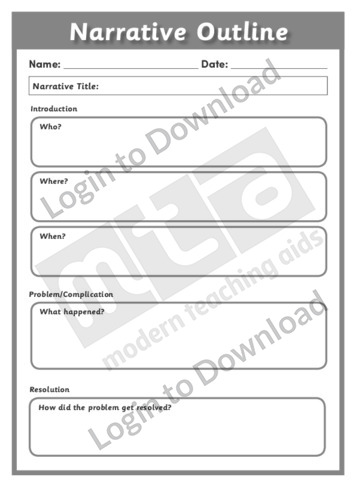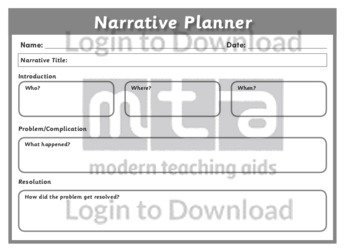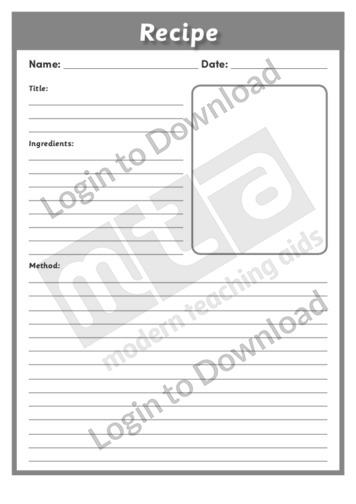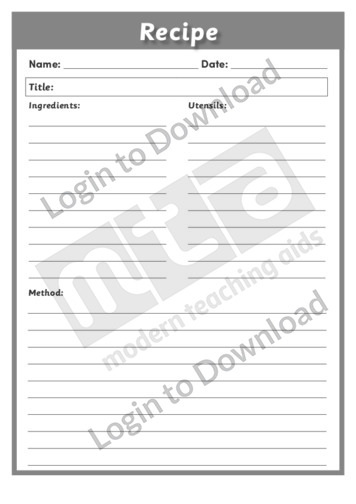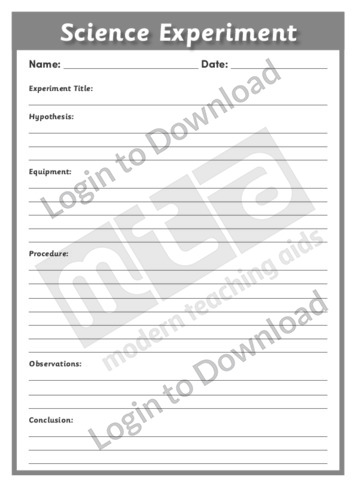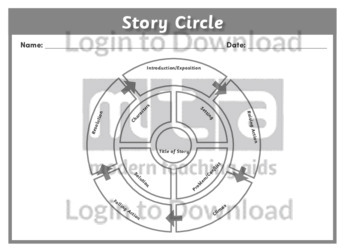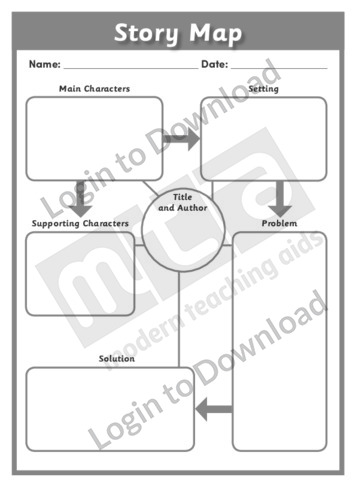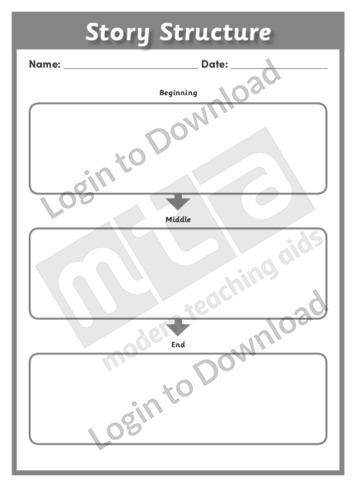This graphic organiser, ‘Book Report’ guides students through the process of writing a report on a fictional or non-fictional book. Book reports can be challenging as they require students to use higher-order thinking skills whilst critically evaluating the text. Using this resources will prompt students to correctly structure their report when organising and planning ideas …More
This graphic organiser, ‘Book Report’ guides students through the process of writing a report on a fictional or non-fictional book. Book reports can be challenging as they require students to use higher-order thinking skills whilst critically evaluating the text. Using this resources will prompt students to correctly structure their report when organising and planning ideas …More
This written language activity, ‘Comparing Texts’ (Level 6) supports language development by encouraging students to understand, compare and record some of the features that make texts different, such as text type, purpose, topic and structure.
This written language activity, ‘Comparing Texts’ Level 3 supports language development by encouraging students to understand, compare and record some features that make texts different, such as text type, purpose and presentation.
This written language activity, ‘Comparing Texts’ (Level 4) supports language development by encouraging students to understand, compare and record some of the features that make texts different, such as text type, purpose, topic and audience.
This written language activity, ‘Comparing Texts’ (Level 5) supports language development by encouraging students to understand, compare and record some of the features that make texts different, such as text type, purpose, topic and structure.
This written language activity, ‘Comparing Texts’ Level 3 supports language development by encouraging students to identify and compare the purposes and audiences for different text types. It is aimed at developing students’ awareness of the differences between the purpose and audience of imaginative, informative and persuasive texts.
This written language activity, ‘Comparing Texts’ (Level 4) supports language development by encouraging students to identify and compare the features, purposes and audiences for different text types. It is aimed at developing students’ awareness of the differences between the purpose and audience of imaginative, informative and persuasive texts.
This written language activity, ‘Comparing Texts’ (Level 5) supports language development by encouraging students to identify and compare the structure, language features, purposes and audiences for different text types. It is aimed at developing students’ awareness of the different aspects of imaginative, informative and persuasive texts.
This reading comprehension activity, ‘Evaluating Texts’ supports language development by encouraging students to evaluate different kinds of texts. Students will evaluate language features and author purpose.
This reading comprehension activity, ‘Evaluating Texts’ supports language development by encouraging students to evaluate different kinds of texts. Students will evaluate text structure, language features and author purpose.
This written language activity, ‘Innovating on a Text’ supports language development by encouraging students to explore the structural and language features associated with different text types and purposes. It is aimed at developing students’ awareness of text types such as narratives, comedies, tragedies and mysteries.
This written language activity, ‘Kinds of Texts’ supports language development by encouraging students to understand the purposes and features of different kinds of texts. It is aimed at developing students’ awareness of the differences between imaginative, informative and persuasive texts.
This graphic organiser, ‘Narrative Outline’ is a great resource to model the structure of a narrative. Students are prompted to identify the title of the narrative, outline the introduction including the characters, setting and time, discuss the problem of the story and conclude with the resolution. This blank graphical scaffold can be used during a …More
This graphic organiser, ‘Narrative Planner’ is a great resource to model the structure of a narrative. Students are prompted to identify the title of the narrative, outline the introduction including the characters, setting and time, discuss the problem of the story and conclude with the resolution. This blank graphical scaffold can be used during a …More
This graphic organiser, ‘Recipe’ helps students understand the process of procedural writing through the use of a recipe scaffold. This resource gives students the opportunity to develop their understanding of the structure of a recipe and sequence ideas using the appropriate language of instruction. It is a great foundation to more complex procedural writing.
This graphic organiser, ‘Recipe’ helps students understand the process of procedural writing through the use of a recipe scaffold. This resource gives students the opportunity to develop their understanding of the structure of a recipe and sequence ideas using the appropriate language of instruction. It is a great foundation to more complex procedural writing.
This graphic organiser, ‘Report Planner’ is a great planning tool that encourages students to brainstorm questions that can lead to research. This table helps students to visualise connections between what is already known about a chosen topic and new research findings from various sources. Planning is an important aspect to research and enables students to …More
This graphic organiser, ‘Science Experiment’ helps students understand the process of procedural writing through the use of a science experiment graphical scaffold. This resource gives students the opportunity to recognise the structure of an experiment and sequence ideas using the appropriate language of instruction. It is a great foundation to more complex procedural writing.
This graphic organiser, ‘Story Circle’ consists of three circles within each other and is a great resource to model the complex elements of the narrative structure. Within the two inside circles students are prompted to summarise the title, characters, setting, conflict and solution. Within the outside circle students are given the opportunity to explore the …More
This graphic organiser, ‘Story Map’ is a great resource to model the structure of a narrative. Students are prompted to identify the title and author, the main and supporting characters and the setting, problem and solution. This blank scaffold can be used during a whole class pre-writing brainstorm or during post-reading comprehension activities.
This graphic organiser, ‘Story Structure’ provides students with a scaffold to logically order parts of a story. Understanding the need to sequence events for accurate comprehension can be a challenging concept for some students. This resources segments the story into plot sections with prompts of, beginning, middle and end so that students can recognise the …More
This reading comprehension activity, ‘Who Is the Audience?’ supports language development by encouraging students to learn to identify the intended audiences for different kinds of texts. It is aimed at developing students’ awareness of audiences and texts such as imaginative, informative and persuasive.
It�s that easy!


